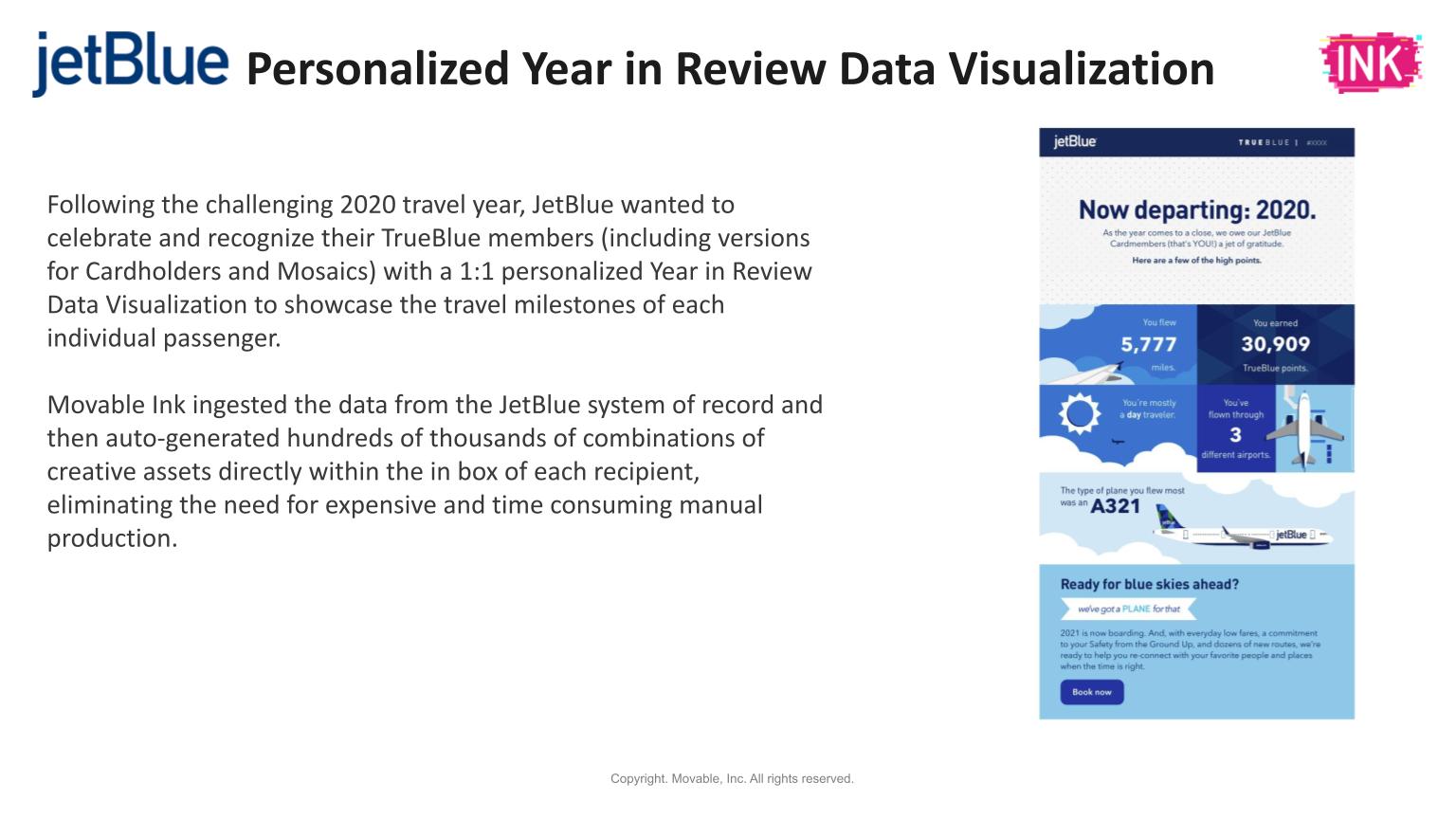Apple is planning to remove developer access to important user data as part of its iOS 15 release on Monday, leaving email marketers in a dilemma about how they will figure out metrics. To find out how the industry is approaching this problem, we spoke with Vivek Sharma, CEO of Movable Ink, a software company that helps marketers act on the data they’re collecting.
This conversation builds on our Extra Crunch post from August exploring how email marketers can prepare for Apple’s Mail Privacy Protection changes.
The game-changer for email marketers with this update is that as an Apple Mail user, you’ll have the option to hide your IP address.
How can marketers pivot their tactics to remain in control of their metrics? Sharma feels we’ll see more focus on downstream metrics rather than the open rate — on clicks, conversions and revenue. “That sounds great and everything, but you have less of that data. But by definition, that funnel kind of narrows; there are fewer people to get to at that point, so it might take you longer to know if something is working or not working for you.”
Help TechCrunch find the best growth marketers for startups.
Provide a recommendation in this quick survey and we’ll share the results with everybody.
Sharma says zero-party data is something that businesses have been focused on. “There are two components: There’s ‘open’ as a metric, and there’s some of the information you’re getting at open time, like the IP address, the time of day, and the inferred weather. Things like the IP address, time of date, etc are perceived as data leakage. These are just a couple of the data points that marketers will lose access to. Therefore they are using first and zero-party data which they have already been investing in.”
The challenge, according to Sharma, is: How can marketers collect zero-party data in an interesting, visually appealing way, and then personalize its contents for every customer at scale?
One way that Movable Ink has collected zero-party data is displayed below:

Image Credits: Movable Ink (opens in a new window)
Sharma says, “Everything in here is a polling question: ‘What do you typically shop for?’ ‘What’s your shoe size?’ And they’re giving you loyalty points in return, so there’s an exchange of value happening here. They’re learning about you in a clear way and giving you an easy way to engage with the brand you’re interested in.”
Once you have the data, the question is: How do you use it? Below we see an example from JetBlue.

Image Credits: Movable Ink (opens in a new window)
Sharma outlines three takeaways from iOS 15 for email marketers:
- Focus on down-funnel metrics like clicks and conversions — that’s what it really comes down to and it’s the truest indicator of engagement.
- Invest in your zero and first-party data assets. True personalization is what people experience and what they see. You can do that from your zero and first-party assets.
- Email is a great channel to engage your customers, because it’s a mature one that’s been invested in. Email is an awesome channel for building a one-to-one relationship with your customer, and far more. It has gone through lots of changes over the last 10 or 15 years. The industry will evolve and we’ll find that balance of privacy and personalization.
from Startups – TechCrunch https://ift.tt/3nJ6hCL
Comments
Post a Comment